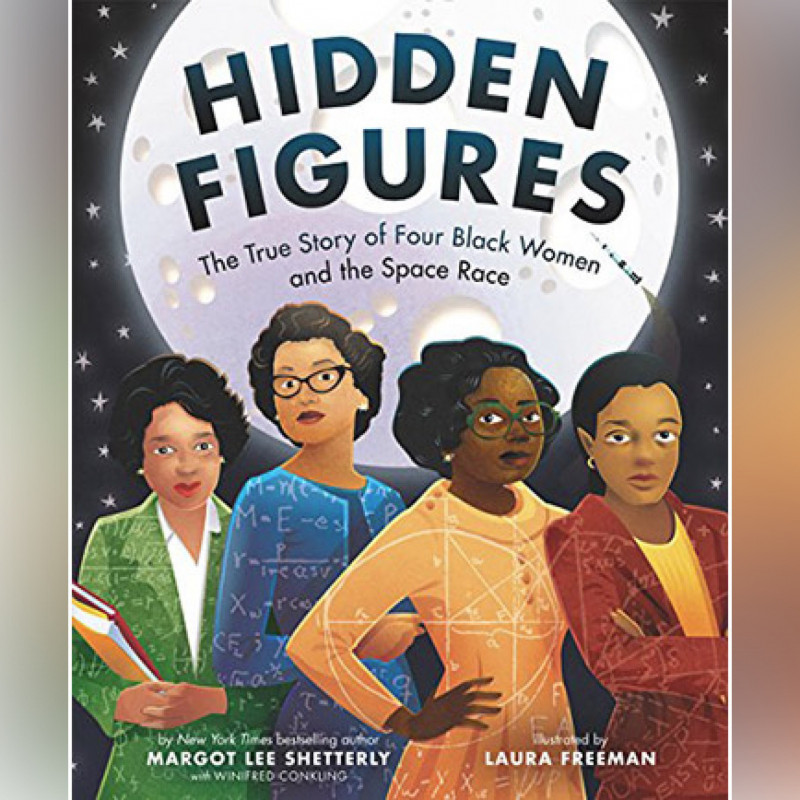22/07/2019 - News, Projects
20 July 1969-2019: Without these women, man would not have walked on the moon

 Reading time: 1.5 minutes
Reading time: 1.5 minutesFor a long time there was a real removal of the work done by the women of NASA: The message was that they could not be pioneers but they could work for others to be pioneers.
"The women were there only that then they disappeared: it was a matter of removal but also of real prohibitions. A first thing we can emphasize is that in the great enterprise of the Moon landing are embodied all the values of the male hero and, even where it was obvious, the female presence, was removed. For a long time there was a real removal of the work done by the women of NASA, the women were granted backstage, remaining hidden, and they were precluded from participating in space travel. The message was that they could not be pioneers but they could work for others to be pioneers. (Valeria Palumbo, L'epopea delle lunatiche, Hoepli Publisher 2018,)
In 2016 the film Hidden figures was released (translated into Italian with The Right to Count), which tells the story of African-American mathematics and physics Katherine Johnson and her colleagues Dorothy Johnson Vaughan and Mary Jackson, who worked for NASA at the Langley Research Center in Hampton, tracing the trajectories for the Mercury program, the Apollo 11 mission and then also Apollo 13. Women, black, researchers, we can imagine the battles they had to face in those years. On 4 April 1968, just over a year earlier, Martin Luther King was assassinated in Memphis.
Then, slowly, and especially approaching the 50th anniversary of Apollo 11, the names and activities of the women involved in Apollo 11 came to light.
Valeria Palumbo describes the situation of the women who worked on Apollo 11. "It has to be said that in the post-war period the American mentality was anything but feminist and based its principles on a recently won male society from the Second World War. And so it was until the feminist protests of '68-'69. So it's no wonder that women weren't recognized as particularly important roles. But the situation here becomes even more paradoxical because in reality there were women, there were many and played key roles in space programs that led up to the landing stage. The women involved in the program were there, but they had no omne: they were called the "Harvard calculators" or the "NASA computers".
Frances "Poppy" Northcutt: The first female engineer to work at NASA for a space program, she was NASA's "calculator" in charge of the accounts first of the Gemini program, the predecessor of the Apollo, and then of the Apollo. She was part of a staff that would intervene in case of emergency and is remembered as the woman who helped the crew of Apollo 11 to return to earth safely, so much so that in his honor a lunar crater was called "Poppy".
Margareth Hamilton, the director of the Software Engineering Division of the MIT Instrumentation Laboratory, which developed the on-board software for the Apollo program.
Susan Finley who worked on the communication system that allowed Neil Armstrong to transmit information to Earth and many others.
For more information.
Sara Sesti has a Facebook column dedicated to women scientists and researchers: https://www.facebook.com/sara.sesti13 (in Italian)

